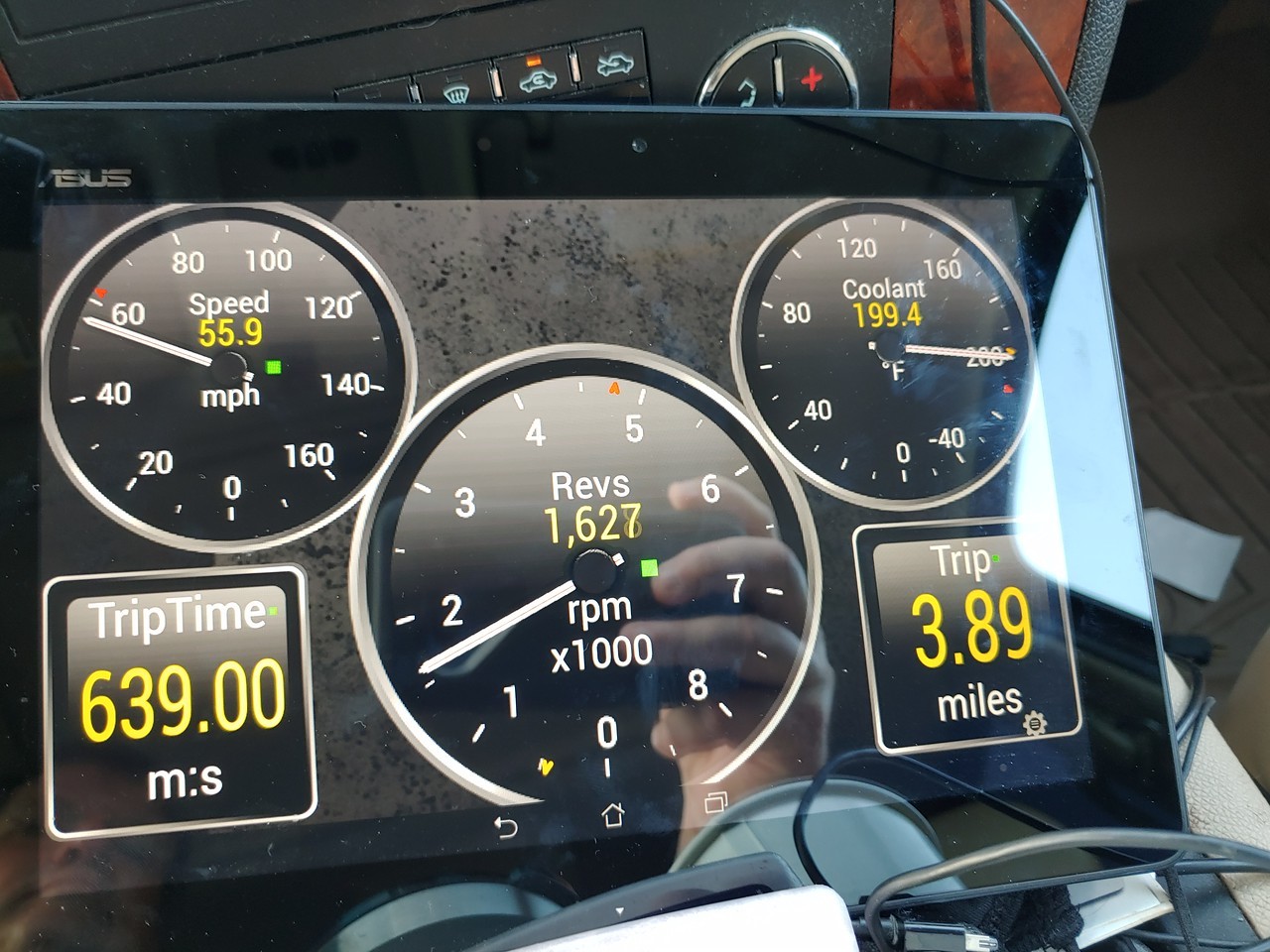Are you looking for a modern, customizable, and cost-effective way to monitor your car’s performance data? In today’s tech-savvy world, using an Android tablet as an OBD2 display is becoming an increasingly popular solution for car enthusiasts and even racers. Instead of cluttering your dashboard with traditional gauges, an Android tablet paired with an OBD2 adapter can provide a sleek, digital dashboard experience. This guide explores the benefits, challenges, and how-tos of setting up your own Android Tablet Obd2 car display.
Why Choose an Android Tablet OBD2 Display?
The appeal of using an Android tablet as a car dashboard stems from several advantages:
- Cost-Effectiveness: Repurposing an old Android tablet or purchasing a budget-friendly new one is significantly cheaper than investing in dedicated digital dashboards or multiple analog gauges.
- Customization and Versatility: Android tablets offer unparalleled customization. You can choose from a variety of OBD2 apps like Torque Pro, each offering different gauge layouts, data displays, and features. This allows you to tailor your dashboard to show exactly the information you need, from engine temperature and RPM to speed and fuel consumption.
- Ease of Installation: Setting up an Android tablet OBD2 display is remarkably simple. It typically involves plugging an OBD2 Bluetooth or Wi-Fi dongle into your car’s OBD2 port, installing a compatible app on your tablet, and mounting the tablet on your dashboard. This DIY approach avoids complex wiring and professional installation costs.
- All-in-One Solution: Beyond displaying engine data, an Android tablet can serve multiple functions in your car. You can use it for navigation, media playback, and even run other car-related apps, making it a versatile in-car entertainment and information hub.
Addressing the Challenges of Tablet Car Dashboards
While the concept is appealing, there are potential challenges to consider when using an Android tablet as an OBD2 display:
- Glare and Visibility: Screen glare can be a significant issue, especially in direct sunlight. To combat this, consider using a matte screen protector designed for outdoor visibility or position the tablet in a shaded area of your dashboard. Adjusting screen brightness is also crucial for optimal viewing in different lighting conditions.
- Heat Management: Tablets, like any electronics, can be susceptible to overheating, especially when exposed to direct sunlight inside a car. While short-term use, like a race event, might not pose a problem, for regular use, consider tablets with better heat tolerance or ensure adequate ventilation around the device. Removing the tablet when parked in hot conditions can also prolong its lifespan.
- Power and Connectivity: Reliable power is essential. You’ll need to hardwire a USB charging cable to your car’s power supply or use a 12V to 5V USB adapter plugged into the car’s cigarette lighter socket. Ensure a stable and fused power connection. Connectivity issues can arise with Bluetooth OBD2 dongles, sometimes causing data refresh interruptions. Opting for a wired OBD2 connection or a high-quality Bluetooth dongle can minimize these problems.
- Mounting and Security: Securely mounting the tablet is crucial for safety and visibility. Various mounting solutions are available, from suction cup mounts to more permanent dashboard mounts. Consider quick-release mounts for easy removal and security when leaving the vehicle.
Top Apps and Setup for Your Android OBD2 Tablet Dashboard
For Android OBD2 tablet dashboards, Torque Pro is widely recognized as a leading app. It offers a vast array of customizable gauges, real-time data logging, fault code reading, and performance analysis. Other apps like OBD Fusion and Car Scanner ELM OBD2 are also popular choices, each with unique features and interfaces.
Setting up your Android tablet OBD2 dashboard involves these steps:
- OBD2 Adapter: Purchase a compatible OBD2 adapter. Bluetooth adapters are common for wireless connectivity, while wired options offer potentially more stable connections.
- Tablet and App: Install your chosen OBD2 app (e.g., Torque Pro) on your Android tablet.
- Connection: Plug the OBD2 adapter into your car’s OBD2 port (usually located under the dashboard). Pair your tablet with the Bluetooth adapter or establish a wired connection.
- Configuration: Configure the app to connect to your OBD2 adapter and select the gauges and data you want to display. Customize the layout and appearance to your preference.
- Mounting and Power: Securely mount your tablet on the dashboard and connect it to a reliable power source in your car.
Conclusion: Is an Android Tablet OBD2 Dashboard Right for You?
For car enthusiasts, DIYers, and those seeking a budget-friendly and customizable digital dashboard, using an Android tablet with OBD2 is an excellent option. It’s particularly well-suited for temporary setups, such as for track days or race events, where ease of installation and versatility are prioritized. While challenges like glare and heat exist, they can be effectively mitigated with proper planning and setup. By leveraging the power of Android tablets and OBD2 technology, you can create a sophisticated and informative car dashboard that enhances your driving experience and provides valuable insights into your vehicle’s performance.
